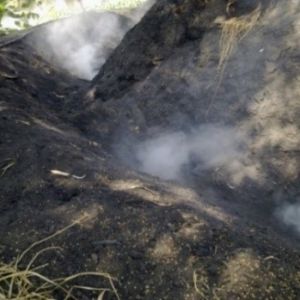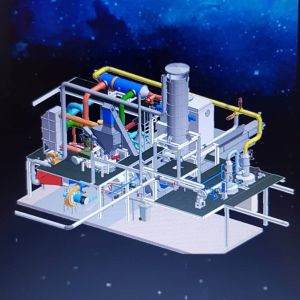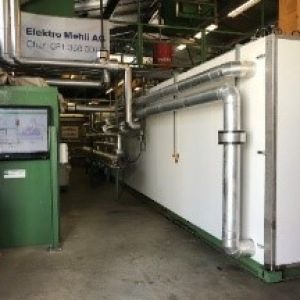Technology
SR2.0's knowledge and experience focuses on the major thermal conversion technologies, as mentioned before:
Pyrolysis


Gasification
Combustion


Other thermal conversion technologies
Besides these almost classic technologies as mentioned here above, new technologies are being investigated and partly already developed, among which will be hydro thermal processes (HTP), which would open up some attractive application for SR2.0’s clients. HTP can efficiently convert biomass - and in particular highly-wet, biogenic residues and waste materials - under increased pressure and temperature into high-quality refined solid, liquid or gaseous carbonaceous products. A large variety of starting materials can be used to make a wide range of products available. Thus, HTP sustainably contribute to resource protection and are an essential component of a future bioeconomy.